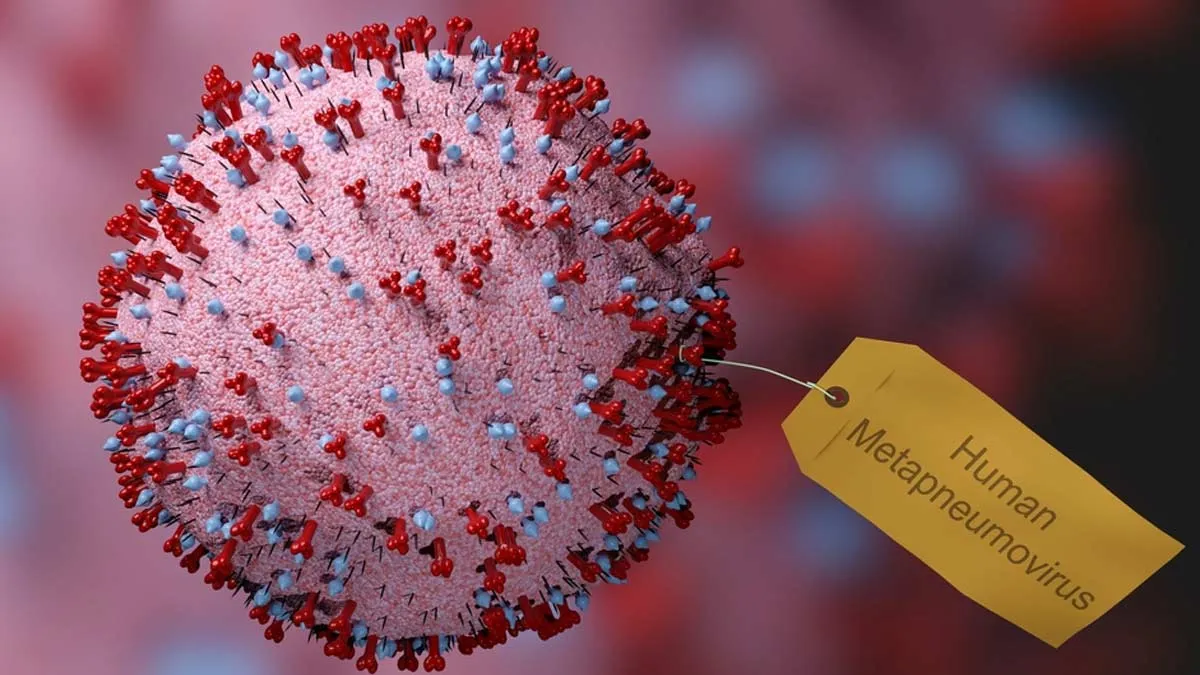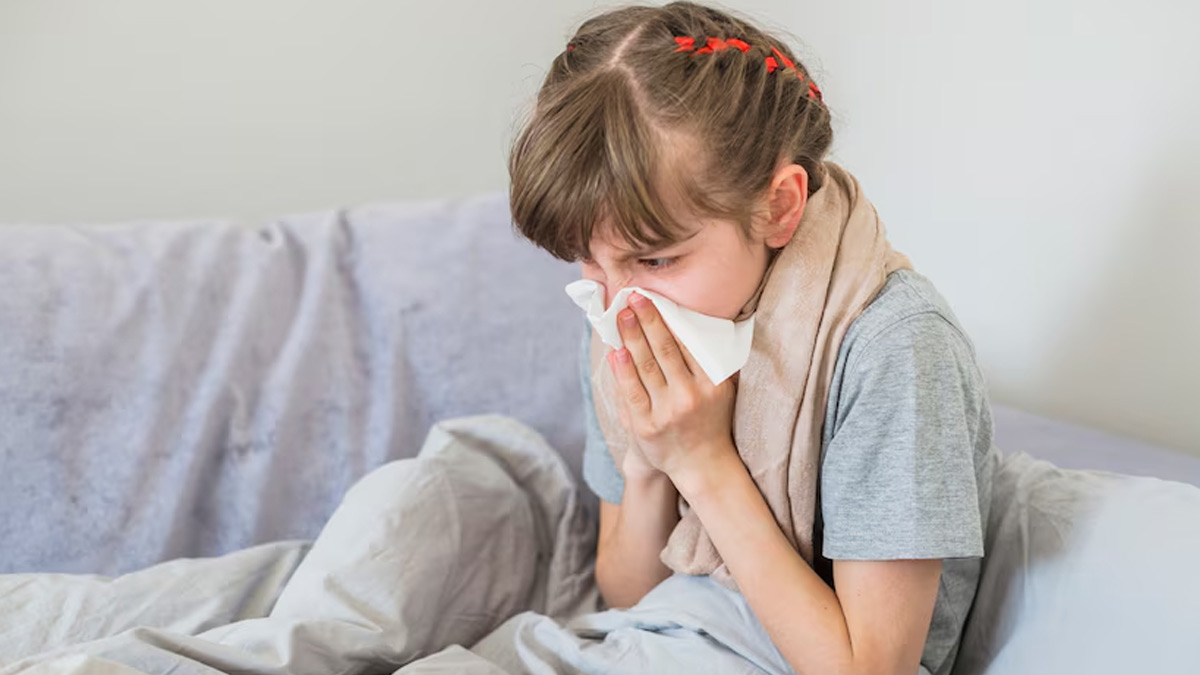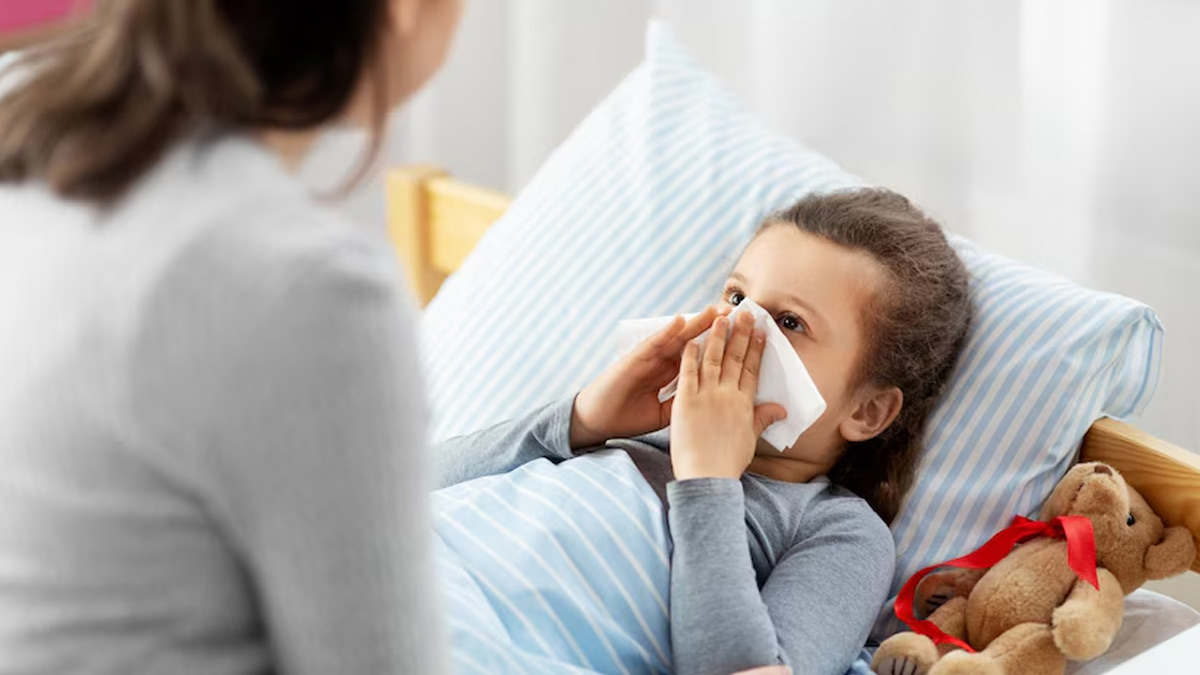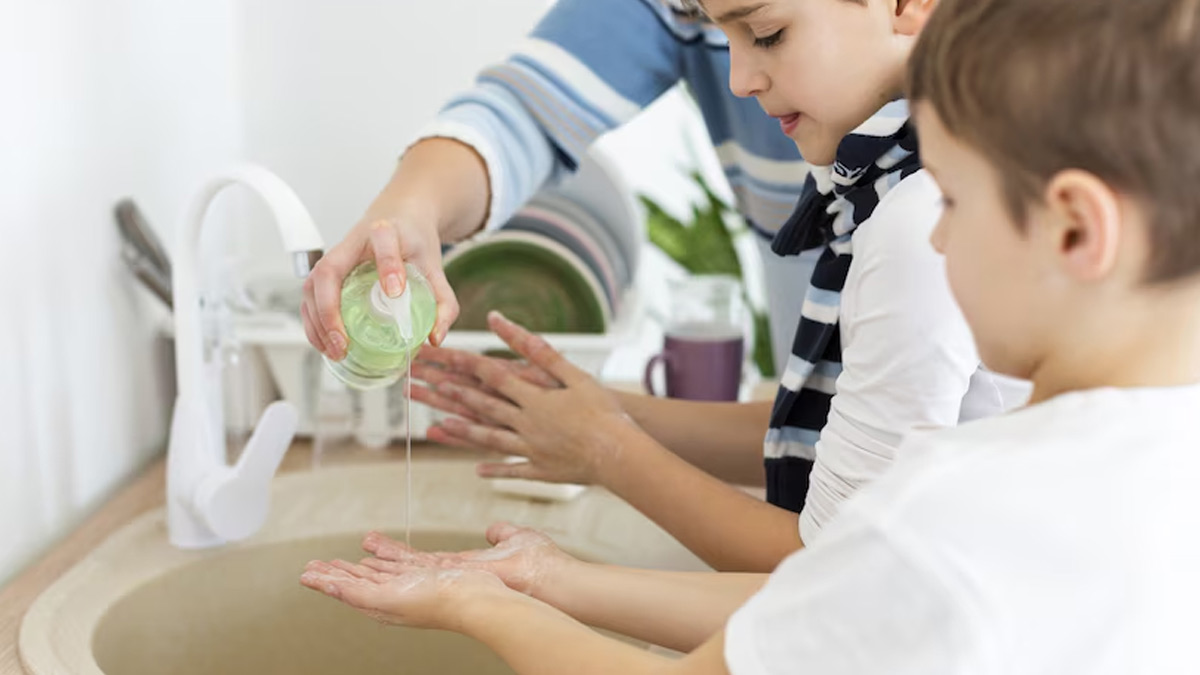
As a parent, nothing is more worrying than seeing your child struggle to breathe or battle a persistent cough. During the colder months, respiratory illnesses become more common, and among them, Human Metapneumovirus (HMPV) has emerged as a significant cause of concern after the recent outbreak in China. This virus can affect people of all ages but poses the greatest threat to infants and young children, often leading to severe respiratory conditions like bronchiolitis and pneumonia.
Understanding why children are more vulnerable to HMPV and learning how to protect them can make a crucial difference in safeguarding their health. To understand this, OnlyMyHealth team interacted with Dr Joel B Dsouza, Specialist Paediatrician, P D Hinduja Hospital and Medical Research Centre, Khar, Mumbai.
Understanding HMPV
Dr Dsouza explains, “HMPV belongs to the Paramyxoviridae family and is closely related to respiratory syncytial virus (RSV). It spreads via respiratory droplets, direct contact, or contaminated surfaces, making it highly contagious, especially in group settings.” The virus causes illnesses ranging from mild cold-like symptoms to severe respiratory conditions, such as bronchiolitis and pneumonia. Children under five years of age are particularly vulnerable to HMPV infections, which can sometimes require hospitalisation.
Why Are Infants and Young Children at Risk?

According to Dr Dsouza, several factors make infants and children more susceptible to HMPV.
Immature Immune Systems
“A primary reason for their susceptibility is the immaturity of their immune systems,” says Dr Dsouza. According to a study published in the Frontiers of Immunology, infants are born with underdeveloped adaptive immunity, making it challenging for their bodies to fight new pathogens. While they do inherit some maternal antibodies during pregnancy, these are temporary and may not provide adequate protection against HMPV, particularly if the mother lacks prior immunity. This leaves infants and young children vulnerable to severe symptoms and complications.
Smaller Respiratory Airways
The physical development of a child’s respiratory system also plays a significant role. Dr Dsouza elaborates, “Infants and young children have smaller airways that are more prone to inflammation and obstruction when infected. This can result in severe symptoms like wheezing and difficulty breathing, particularly in cases involving the lower respiratory tract.”
High Exposure in Close-contact Settings
Environmental factors further increase the risk. “Children are often in close-contact environments such as daycare centres and schools, where the virus can spread quickly,” Dr Dsouza notes. Young children’s habits, such as touching contaminated surfaces and putting their hands in their mouths, also contribute to higher exposure to the virus.
Lack of Prior Immunity
Unlike adults, who may have been exposed to HMPV in the past and developed partial immunity, young children have little to no prior immunity. “This lack of immunity makes it easier for the virus to infect children and cause illness,” Dr Dsouza explains.
Also read: Is HMPV Fatal? Understanding The Health Complications Of HMPV
Symptoms to Watch For

Symptoms of HMPV in children can range from mild to severe. Parents should monitor for signs such as:
- Coughing
- Wheezing
- Difficulty breathing
- Fever
- Nasal congestion
- Irritability and lethargy in severe cases
If symptoms worsen or breathing difficulties arise, it is crucial to seek medical attention promptly.
Tips for Protecting Infants and Children

While HMPV infections can be concerning, there are steps parents can take to reduce the risk of exposure and severity:
Practice Good Hygiene
“Handwashing is one of the simplest yet most effective ways to prevent the spread of HMPV,” advises Dr Dsouza. Parents should teach children to wash their hands regularly with soap and water, particularly after playing or before meals.
Limit Exposure
Avoid crowded places during peak HMPV seasons, such as late winter and early spring. If a family member is unwell, minimise close contact with the infant or child to prevent transmission.
Keep Surfaces Clean
Regularly disinfect frequently touched surfaces, such as toys, doorknobs, and tables, to reduce the likelihood of viral transmission.
Encourage Healthy Habits
A nutritious diet, sufficient sleep, and adequate hydration can help strengthen a child’s immune system, making them better equipped to fend off infections.
Stay Up to Date with Vaccinations
While there is currently no specific vaccine for HMPV, keeping up with routine childhood vaccinations can prevent other respiratory illnesses that may exacerbate HMPV symptoms.
Conclusion
Dr Dsouza emphasises, “Understanding the risks and taking preventive measures can significantly reduce the likelihood of severe HMPV infections in children.” By adopting these strategies, parents can protect their little ones from this common yet potentially serious respiratory virus.
Also watch this video
How we keep this article up to date:
We work with experts and keep a close eye on the latest in health and wellness. Whenever there is a new research or helpful information, we update our articles with accurate and useful advice.
Current Version